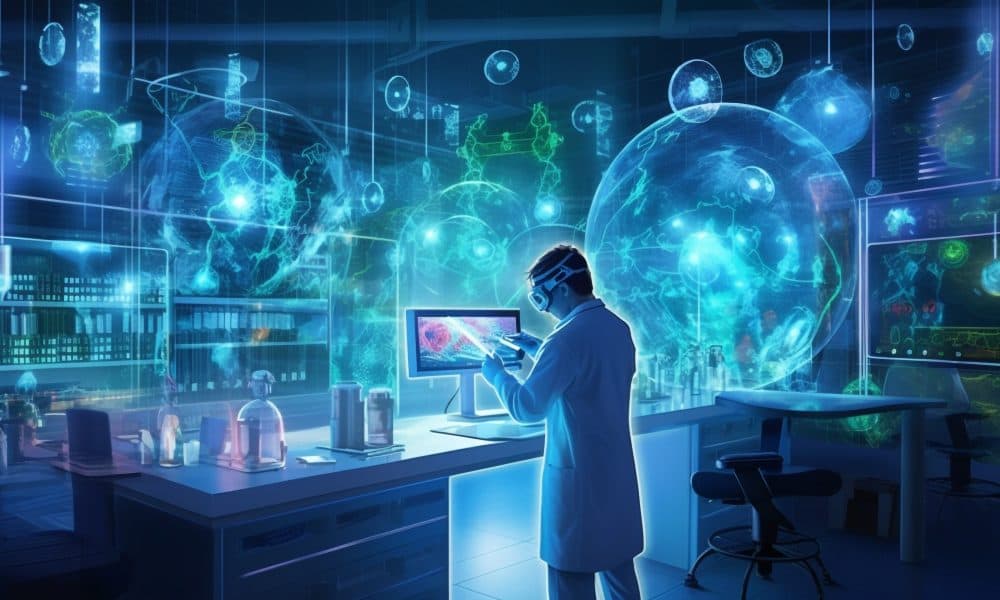
The integration of technology with traditional healing practices is reshaping the healthcare landscape. This transformative approach combines the best of both worlds, offering a more comprehensive, patient-centered care model. As we delve into this topic, you will discover how these advancements are revolutionizing the way healthcare is delivered and experienced.
In today’s rapidly evolving healthcare environment, the blend of modern technology with traditional healing methods is creating a new paradigm. You might find yourself exploring how this synergy not only enhances medical treatments but also fosters a holistic approach to health and wellness. Within this dynamic, the role of facilities like a chiropractor clinic becomes increasingly relevant as they integrate both conventional and cutting-edge practices. As we navigate this article, you’ll see how these trends are influencing patient care and the broader healthcare industry.
The evolution of healthcare
The historical divide between traditional healing practices and technological advancements in healthcare has been significant. For centuries, traditional medicine relied heavily on natural remedies and manual therapies passed down through generations. Meanwhile, technological innovations in healthcare have been focused on developing advanced diagnostic tools and treatments that promise greater precision and efficiency. This divergence often resulted in debates over efficacy and safety, with each side holding its ground.
However, as time progressed, there was a growing recognition of the potential benefits that could arise from bridging these two approaches. The understanding that both technological advancements and traditional practices have unique strengths prompted a reevaluation of their roles in healthcare. This shift has paved the way for a more inclusive view where both elements coexist to provide comprehensive care. The past few decades have witnessed an increasing acceptance of integrative healthcare models that seek to harness the best attributes of each method.
Now, more than ever, there is a concerted effort within the medical community to incorporate technological solutions into traditional healing frameworks. This evolution reflects a changing mindset that values innovation while respecting time-honored practices. It highlights an essential transition towards holistic care that addresses not just symptoms but also underlying causes, offering patients more personalized treatment plans.
The rise of integrative healthcare
The integration of technology with traditional healing is transforming patient care by promoting a holistic approach that considers all aspects of an individual’s health. By combining modern diagnostic tools with established therapeutic techniques, healthcare providers can offer more personalized and effective treatment plans. This blend ensures that patients receive comprehensive care tailored to their unique needs, leading to improved health outcomes.
A critical aspect of integrative healthcare is its focus on preventive measures and wellness promotion. By using technology such as wearable devices and mobile apps, patients can actively participate in monitoring their health, identifying potential issues before they become serious problems. These innovations empower individuals to take charge of their well-being by providing real-time data and insights into their health status.
Moreover, integrative healthcare models emphasize collaboration between different healthcare professionals. By fostering communication among doctors, specialists, therapists, and other practitioners, patients benefit from coordinated care efforts that address multiple facets of their condition. This collaborative approach not only enhances treatment effectiveness but also helps reduce the risk of misdiagnosis or unnecessary interventions.
Impact on patient experience
The convergence of innovation and healing traditions significantly enhances patient experiences by offering more personalized care pathways. Patients now have access to a wider range of treatment options tailored to their specific conditions and preferences. This flexibility allows individuals to choose therapies that align with their values while ensuring optimal results.
Integrative approaches also contribute to better overall well-being by addressing physical, emotional, and mental health aspects simultaneously. By considering these interrelated factors, practitioners can develop comprehensive treatment plans that improve not only physical symptoms but also quality of life. Patients report higher satisfaction levels due to increased involvement in their care decisions and greater understanding of their health journey.
Additionally, this integration supports long-term health management by focusing on prevention rather than solely treating symptoms after they arise. Patients benefit from education about lifestyle modifications and self-care practices that promote sustained wellness over time. Such proactive strategies reduce reliance on medications or invasive procedures while enhancing resilience against future health challenges.





